Have you every wondered how to fix salty food? Many a cook has been plagued by the act of over-salting a dish. In fact, just about everyone has experienced this kitchen crisis at one point in their cooking career.
Since saltiness is a personal preference, it’s always wise to add salt at the end of the recipe, but many times, as we’re reading along, we toss in the salt with a heavy-hand and, either during or after the cooking process, then we realize “this is too salty.” So, how do we fix salty food? Read on..
Jump to:

This is a guest post by: Anecia from SmartyPantsKitchen. Read more about her here.
Here, you’ll learn four tried and true steps on how to fix salty food and save your delicious dish!
If you’ve Google’d or researched this phenomenon, you’ve probably come across the advice to “add a sliced raw potato” to a soup or stew. Unfortunately, this is a myth.
The starch in the raw potato does not absorb sodium--it absorbs water, thus creating a thick, salty mess of a dish. Unfortunately, this method does not fix salty food.
Without going into a dissertation on food science, here are the four steps to follow, in this order.
Dilution
The first and best way to fix an over salted food is to dilute it with liquid.
The preferred and recommended liquid is water. Add small amounts of water in increments and taste occasionally.
A second, but less recommended option is to use a low-sodium broth: chicken, vegetable or beef. Unfortunately, boxed and canned broths and stocks usually contain some sodium, along with other flavor enhancers which can adversely affect the outcome of your recipe.
A third option, for creamy soups and casseroles is dairy, or milk. A cup of whole milk contains about 91 mg of sodium and 12 g of sugar. This is less sodium than stocks and broths, and is suitable for certain dishes, provided you don’t mind the additional sugars.
For these reasons, plain water is the top choice. Once you have the sodium flavor balanced, you’re probably going to have to re-thicken your dish because the addition of water will thin your ingredients.
Thicken
Now that you’ve got the sodium just right, it’s time to re-thicken our dish a little. You can do this by adding a slurry to soups or stews, or by adding texture to casseroles (plain breadcrumbs, unsalted crackers or cooked rice.)
A slurry is a combination of water and a starch, usually all-purpose flour, cornstarch, arrowroot or tapioca.
Types of Slurries and When to Add Them
- A root-based slurry, (arrowroot, tapioca, potato) thickens at a lower temperature--so add it to warm soups and stews. Note: Arrowroot is not recommended to use with dairy-based recipes; it tends to clump and cling, producing an unappetizing soup
- Cornstarch thickens at a higher temperature, so turn up the heat when adding this; note that cornstarch slurries will result in a shiny, translucent addition to your dish
- Flour thickens at a lower temperature, so reduce the heat when using flour as a thickener. (Use all-purpose flour, not wheat flour.)
- Flour slurries will result in an opaque and creamy addition to your dish
- Whichever type you use, add it near the end of the cooking time. Prolonged cooking times result in the breakdown of the molecules and then it fails to thicken
After you’ve added the thickening agent, taste again for salt. If your dish is still too salty, you can repeat adding water and a slurry, or try adding a few other things.
If your dish isn’t salty enough now, do not add more salt; allow the dish to finish cooking, then add salt to taste at the end.
Thickening Casseroles
A note about thickening casseroles: it is often difficult to determine the texture of a casserole before it’s baked; however, if you’re inclined to throw in a “cream of condensed soup” as a thickener- DON’T.
Condensed soups are loaded with sodium and this will only result in more salt in your dish.
Beware of adding cheese as a thickener. Granted, some cheeses will build bulk and add texture to the casserole but guess what else they add? You got it! SALT.
It’s best to add acid, plain breadcrumbs or a little dairy to an already too salty casserole.
Add Sugar
In small increments, sugar is a stabilizer and works well for minimizing saltiness and balancing acidity (think tomato sauce.)
The challenge here is that too much sugar will over-sweeten your dish, (which is not ideal for savory casseroles, soup or stews) and when cooked too long, it will break down, reversing all the work you did thickening with a slurry.
Add sugar in 1 teaspoon increments and taste between each addition.
The last, and final “save” to fix salty food is to add acid.
Add Acid
If you’ve gone through the processes of dilution, thickening and adding sugar and your dish is still too salty, the final “save” is to add a little acid.
Acid can be in the form of many things: vinegars, citrus (lemon, lime, orange) or a dry red or white wine. The tricky thing with adding acid to counteract over salted foods is that it MUST be added at the very end of the preparation, particularly when adding to dairy-based dishes.
If you add an acid to a warm dairy based soup or stew, it will curdle and clump and will not be effective in reducing the sodium. It must be added at the very end and in very small amounts.
Tips and Myths about Sodium
- “I don’t add salt to my food, so I don’t have to worry about high sodium” - FALSE
Many foods (processed and cured meats, canned foods, condiments, deli meats and cheeses and breads) often contain high levels of sodium. These are often considered “hidden salts.”
- “Sea Salt has less sodium than table salt” - FALSE
Sea salt and table salt both contain 40% sodium
- “If I completely remove salt from my diet, I will be healthier” - FALSE
Sodium is an essential nutrient required for the body to operate and function properly. The key is to get the right amount of sodium as directed by your physician.
- “Himalyan salt is healthier than table salt” - FALSE
Himalayan salt contains relatively the same amount of sodium as table salt, however it is richer in trace minerals. The problem is, you’d have to consume a huge amount of Himalyan salt to reap the benefits of these trace minerals. You’re better off to get your trace minerals through whole foods and vitamins.
A General Rule of Thumb
All salts contain the same amount of sodium when measured by weight; however the sodium content will vary according to the type of measurement and by the type of salt.
For instance, a teaspoon of fine table salt has more sodium than a teaspoon of coarse Kosher salt due to the volume and structure of the salt. A gram of fine table salt is equivalent in sodium to a gram of coarse Kosher salt.
Most American recipes call for measurements in teaspoons, tablespoons, etc. However, if you’re following a European recipe that calls for weight measurements, you’ll definitely want to weigh your ingredients, as this makes a big difference in the degree of sodium, texture and more.
Final Analysis:
At the end of the day, the best way to save a dish from too much salt is to:
- Read the ingredients first
- Take note of the ingredients - if the recipe calls for 2 cups of cheese, you can bet it’s gonna be a bit salty; same for Soy Sauce, Worcestershire sauce, fish sauce and so on
- Don’t add salt without tasting the dish
- Taste the dish as you go through the recipe steps
- Add salt at the end of preparation or, if a soup or stew, taste it along the way and add salt in small increments
- The minute you realize your dish is too salty, reach for the water
And there you have it...I hope that after reading this article you can take this knowledge and recommendation away and help to save a salty dish!
Learn how to make restaurant-quality Tex-Mex Sour Cream Enchilada sauce in less than 10-minutes and with only a few ingredients. Or try this delicious recipe for Tender Meatloaf in Red Wine Sauce.
Breakfast Recipe Ideas


About Anecia
Guest Blogger and Recipe Developer at SmartyPantsKitchen
As a native Texan, Mom, wife, author, cook and photographer for SmartyPantsKitchen she shares Traditional and Contemporary Southern recipes for cooks of all levels.
She has over 25 years experience in residential and commercial kitchens, as well as collegiate level and hands-on instruction in Food Science, Food Safety, Meal Planning and Preparation and Nutrition.
She has served as a ghost writer for The Institute of Integrative Nutrition in New York and been featured in the Mississippi Department of Marine Resources' "Seafood Recipes" the AAA Texas Journeys magazine and DFW Lifestyles publications.
She resides in North Texas and spends most of her time testing recipes, reading food-science books and cleaning the kitchen.
About the Author


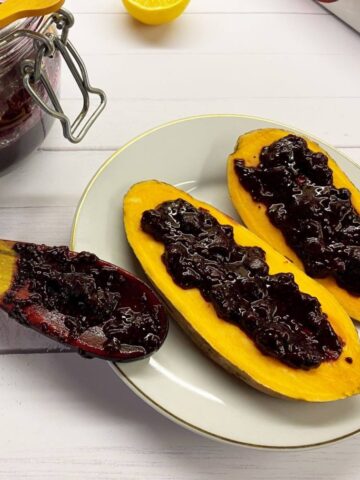
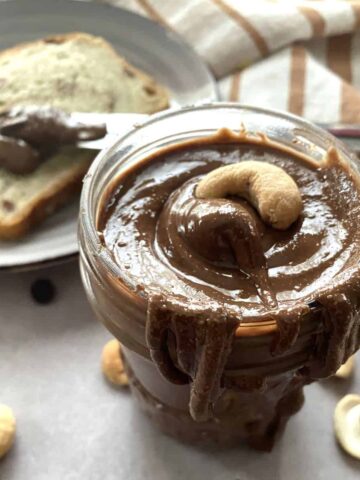
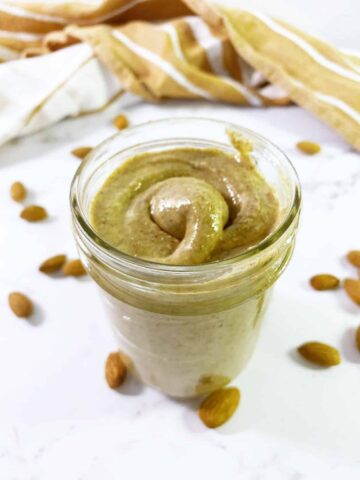
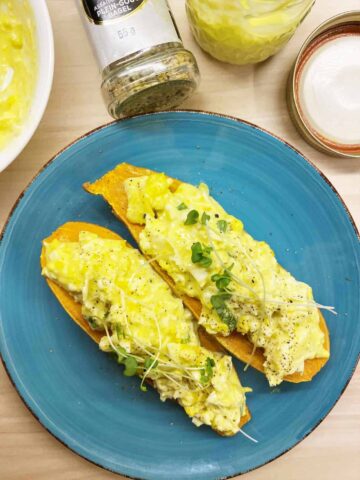
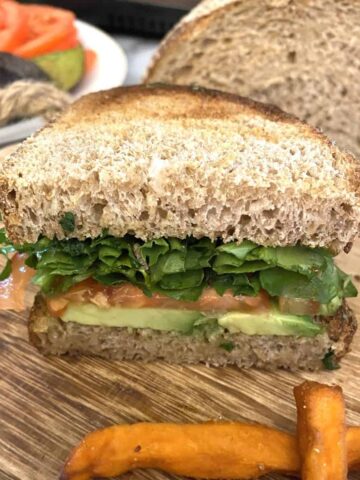

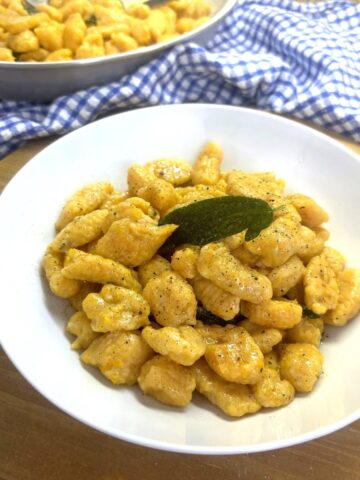
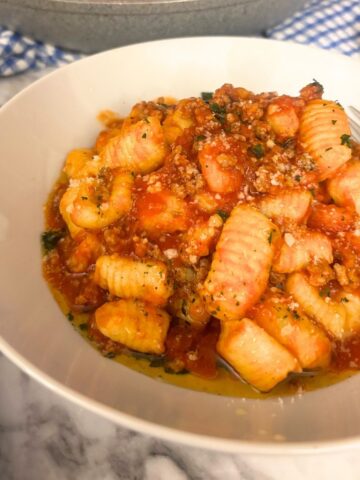
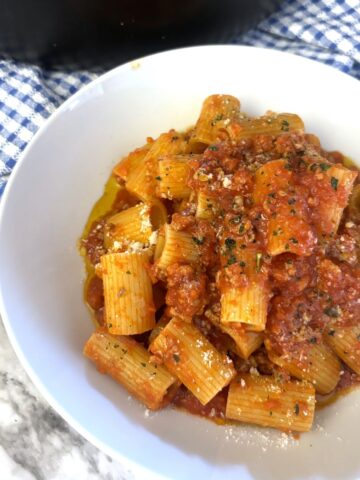
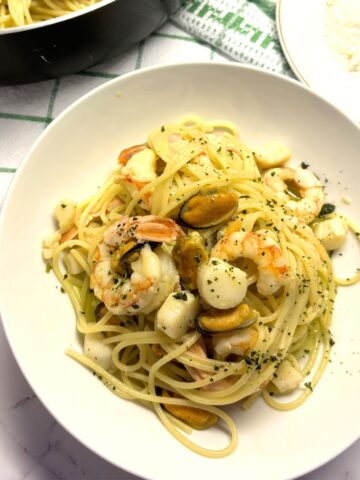

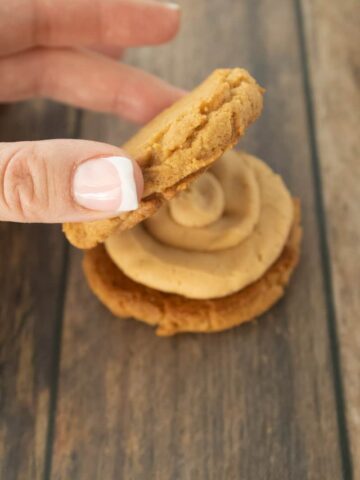
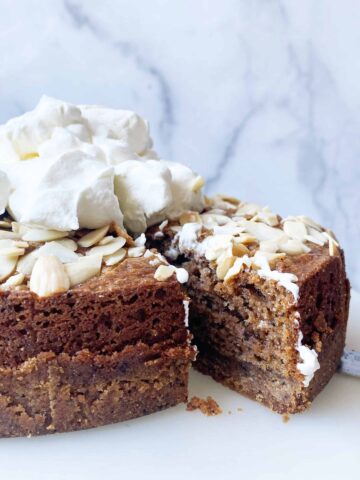
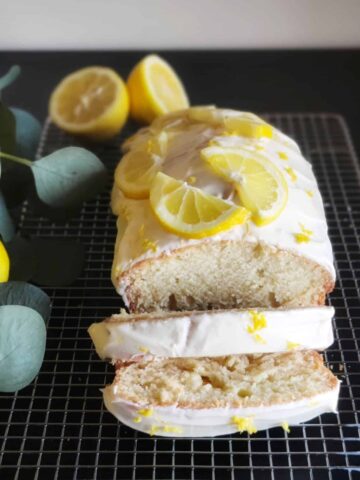
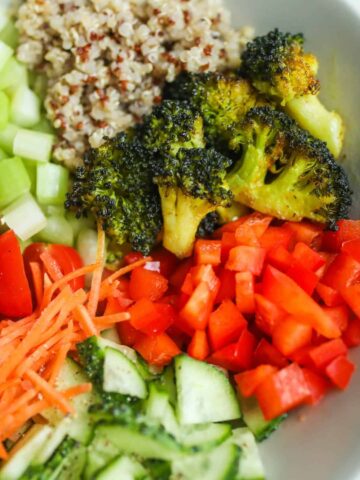
Colleen says
This is a super helpful and informative post! I think we all need at some point to rescue a dish from over salting. Thanks for sharing!
AmyG says
Agreed!
Vanessa says
Very informative! Lots of great tips here:)
Bernice says
What a great post! The other day, I had someone ask how to fix over salting and now I can direct them to this article!
AmyG says
Glad you liked it!